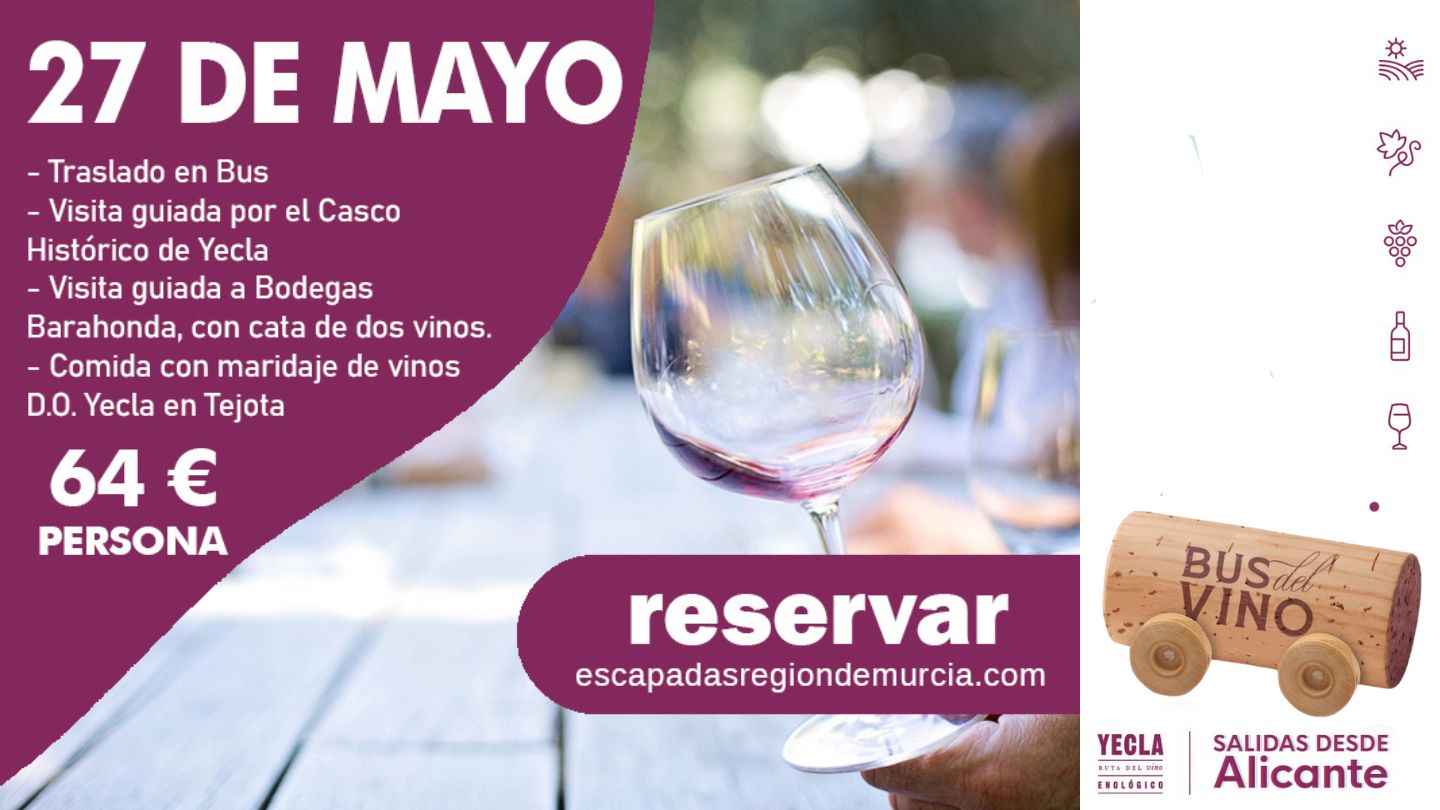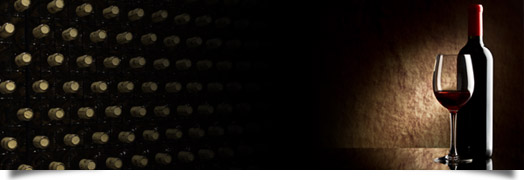
THE WINES OF THE YECLA DOP
The historical tradition of the wines of Yecla, together with the modernization of its cellars, result in a rigorous and at the same time creative character of its reds, whites and rosés. This allows us to discover different nuances in the glass: noble, complex, rich ... This treasure is born from the interpretation that each winery makes of the magic of the Monastrell alone or nuanced in delicate combinations with other varieties to open a door to excellence, creativity and the avant-garde. The wines of Yecla occupy their well-deserved place in the best wine shops and points of sale; a just and deserved position that knows how to maintain harvest after harvest.
The altitude of the soils ranges from 400 meters to 800 meters. The first comprise between 400 m. at 600 m. and they are, generally, deep and with good permeability. The seconds, between 600 m. at 800 m., they are more limestone. The two zones are of great vocation for the cultivation of the vine, from where high quality wines are obtained. The climate is continental, with Mediterranean influence and little rain (less than 300 mm / year). The temperatures are between -7º in winter and 42º in summer, with an average of 3,000 hours of sunshine per year.
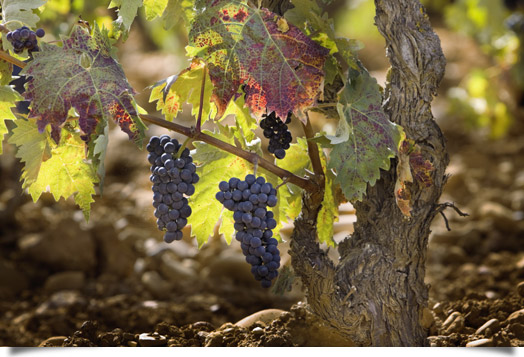
Currently, the YECLA DENOMINATION OF ORIGIN production zone ( www.yeclavino.com ) covers some 7,200 hectares of protected vineyards, predominantly the cultivation of red varieties that account for 95% of the cultivated land. Monastrell, the main and typical variety of the area of the Spanish southeast, occupies 85% of the total, 10% for other red varieties, such as Tempranillo, Ganacha Tintorera, Cabernet Sauvignon, Merlot, Syrah, and the remaining 5% of varieties white: Macabeo, Chardonnay, Sauvignon Blanc, Airen and Malvasia. The harvest begins in the first week of September and ends in the last of October. The most advanced varieties are Chardonnay and Sauvignon Blanc, in whites and Merlot, Cabernet Sauvignon, Syrah and Garnacha-Tintorera in reds. These vineyards are owned by around 1,600 vine growers. They produce around twenty-five million kilos of grapes in normal years. There are eleven wineries in DO Yecla, of which nine are bottling plants.
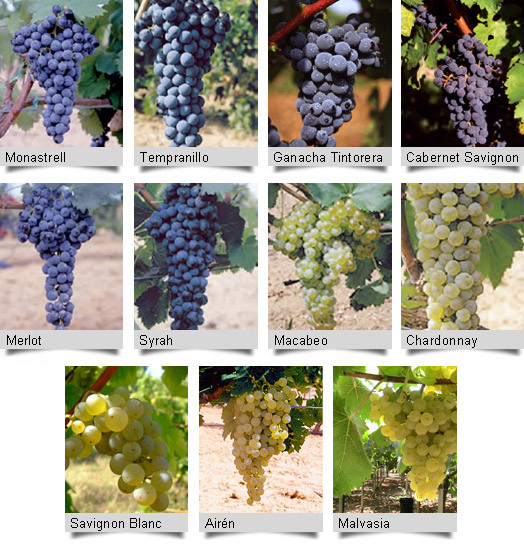
Of bottled wines, export is 80% of the total. The main destinations are USA, Canada, Germany, United Kingdom, Netherlands, Denmark, Switzerland, Sweden, Norway, Japan, China, Australia, Singapore, France, etc. The national market has access to 20%, which is sold mainly in Murcia, Madrid, Catalonia, Valencia and the Basque Country.
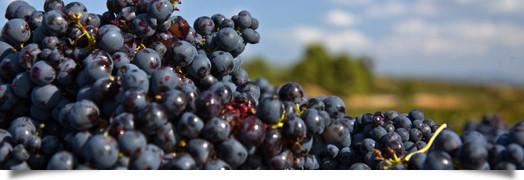
VARIETY QUEEN: THE MONASTRELL
It is a variety of Spanish origin, which has been known since the fifteenth century. Characteristics: it is a good plant; Its leaves are hairy on the underside, medium-sized, almost whole, with a wide petiole, intense green color. The branches are brown, light reddish and somewhat erect.
The clusters are conical and tight, with medium-sized grains round, juicy and sugary. It is a late sprouting plant. The maturity of its grapes is medium to late. They produce wines with an intense red color. The clusters are of medium dimension, conical, compact and that they are born from the third yolk. The berries are spherical, small of a bluish color, with a lot of pruina, of thick skin rich in anthocyanins, with a very fleshy pulp, soft, colorless and with little amount of tannins. Its juice has a harsh or neutral flavor. "Young Pompano: Cottony sprouting, with weak pigmentation at the end Porte de la Cepa: Erect, dark brown shoot Characteristics of the Strain: Large size, pentagonal shape, with five lobes, closed petiolar sinus, closed lateral sinus, weak pigmentation of the beam, underside of the surface, characteristics of the berry: small size, elliptic-wide shape, blue-black color, Cluster Characteristics: Medium size, compact, conical shape with a wing Vegetative Period: Late sprouting and very late maturity Wines: Maximum winemaking potential in case of very ripe vintages, low acidity, very pigmented, tannic and structured, astringent in their youth, so they need aging. Suitable for carbonic maceration techniques Very resistant to oxidation (Source: www.monastrell.net).




